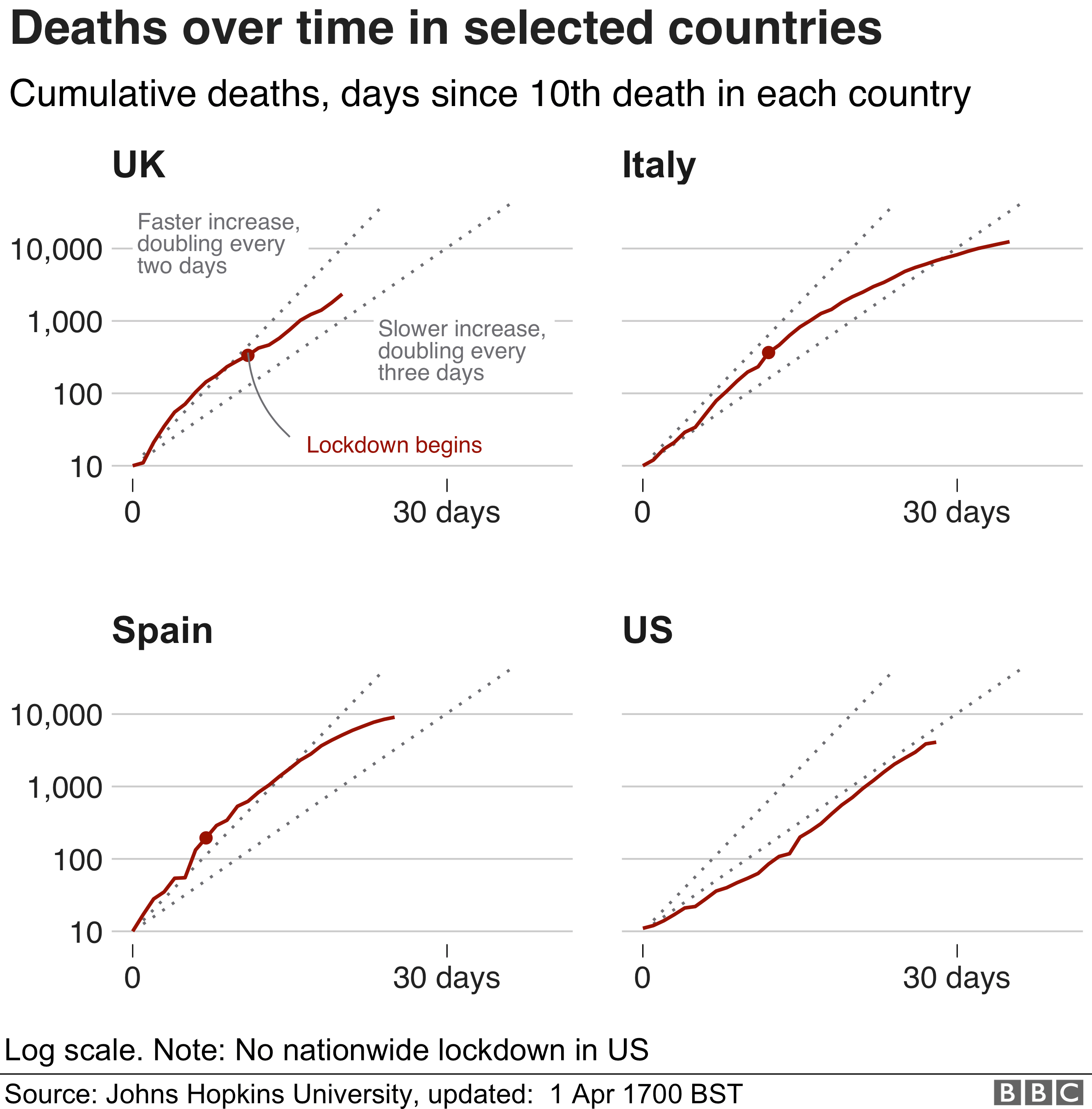It's hard to trust raw Corona Virus data. It keeps being adjusted. This is the normal for anyone doing data analysis.
Inspired by this article from The Centre for Evidence-Based Medicine, I thought it would be interesting to work out the infection fatality rate (IFR) for recent data as a way to understand how different countries are doing with their testing and tracing. The IFR measures how many people will die if exposed to the virus. It's different from the case fatality rate (CFR) which includes cases showing symptoms and will therefore tend to produce a higher number than the IFR which will include asymptomatic cases. My assumption is that as countries get better at testing and identifying all cases, including asymptomatic ones, the IFR will eventually level off to a constant value. It doesn't matter how many cases and deaths there are, the ratio must surely trend to the IFR for the population. A country can never do better than the IFR (unless health care outcomes improve of course). If cases and deaths are measured in the same way everywhere, the IFR for all countries should converge to the same value. Any country with a high IFR may therefore not yet be identifying all cases.
My method is to use the usual European Centre for Disease Prevention and Control source and look at cases and deaths. I'm led to believe that deaths follow cases after around 14 days. So, if I work out a rolling average for both deaths and cases and then use cases from 14 days ago as the denominator with deaths as the numerator, I should get a crude estimate for the IFR.
Let's assume some other things. Firstly, the virus affects people in the same way regardless of race or gender. Secondly, all countries are recording deaths and cases in the same way. Thirdly, all countries have the same distribution of ages in their population. Fourth, all countries have similar health care systems. Finally, there has been no improvement in outcomes as a result of improved care. All of these are poor assumptions but in the interests of getting something done, I will live with them.
This shows the estimated IFR for some countries. This has been further smoothed with a rolling average for the last 7 days to make it a bit easier to see. Note the y axis is logarithmic.
How interesting. As countries gear up in the pandemic, they test more comprehensively. This has the effect of reducing the estimated IFR. For example, France, Germany, Austria and Switzerland now have IFRs between 0.5% and 0.2% and they look level which is evidence that they are finding all cases. The UK is currently around 0.9% and sharply trending down. All things being equal, it surely must be true that the IFR in the UK will trend to the lower values in other countries. Given where the UK is, I take this as evidence that the UK has not fully worked out its test and trace protocols and so is missing a number of cases.In general, if we think countries like Germany and Austria have a thorough understanding of the numbers of cases, we might conclude that an IFR below 0.5% is where we will end up.















